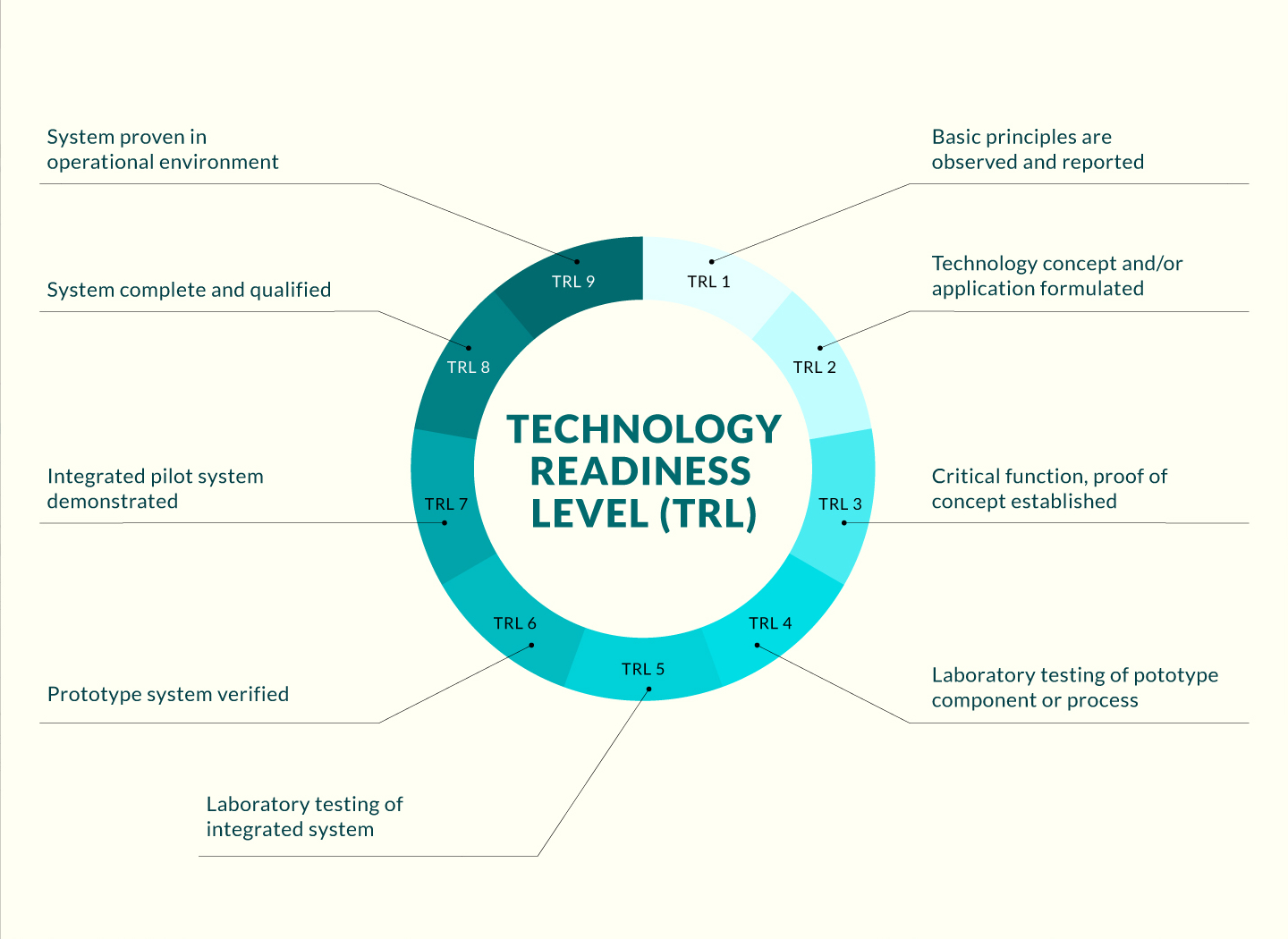
Opportunity
As demand for energy storage continues to grow, researchers are seeking alternatives to the prevailing Lithium-ion battery technology. Aqueous rechargeable Zinc (Zn)-based batteries are considered a promising candidate, exhibiting high efficiency, safety, and acceptable energy density. However, the formation of dendrites – microscopic tree-like metallic structures – on the surface of the Zinc Metal Anode (ZMA) presents an obstacle to their wider adoption by creating asymmetry between the electrodes, rapidly degrading battery performance and inducing short circuits. Previous dendrite suppression efforts have focused mainly on the plating stage, when Zn ions are deposited on the anode during recharging. The current invention, based on research into the stripping process (when Zn electrons are depleted during use), using manganese dioxide (MnO2) or carbon (C) cathode materials, proposes a “pre-seeding” strategy to inhibit dendrite formation. Following a uniform pre-seeding treatment to the ZMA surface, uniform stripping and plating has been observed in subsequent cycles for the pre-seeded Zn anode (PS-Zn) owing to the epitaxial growth of the initially deposited layer, giving the battery a much prolonged lifespan. This simple solution shows strong potential for ensuring more stable battery performance at low cost.
Technology
Unlike typical cathodes of Lithium-ion batteries, which are in a discharged state initially, typical cathodes of RZBs are naturally in a charged state. First use of the battery therefore initiates a stripping process, during which pits will form on the Zn surface in which dendrites can easily form. By contrast, Zn electrodes which are initially plated in the first cycle demonstrate a much more uniform Zn deposition in subsequent cycles. The pre-seeding strategy therefore mimics the initially plated Zn electrode, applying a pre-seeding layer by electroplating. The morphology of this layer is uniform and dense to induce the subsequent uniform Zn stripping and plating.
The deposition of Zn is strongly influenced by the current density, with a higher current density giving more even distribution which is less susceptible to dendrite formation. Higher current density is therefore used as the pre-deposition current to create the seed layer, giving a dendrite-free Zn anode.
Advantages
- The PS-Zn anode is easy to fabricate and economically efficient.
- The pre-seeding layer is highly adjustable by adjusting the electrolyte composition, the current density applied, and the deposition time.
- The dense and compact morphology of the pre-seeding layer can induce uniform stripping/plating in the consequent cycles.
- The full cell Zn//MnO2 cell can deliver a much better performance in resistance to short circuits.
- The full cell Zn//C cell demonstrates stable cycling through 10,000 cycles.
Applications
- Zn-based batteries have the potential to replace Lithium-ion batteries in numerous applications ranging from portable electronics and electric vehicles to large-scale energy storage.
- The intrinsic safety of ZN-based batteries makes them especially suitable for wearable applications.





